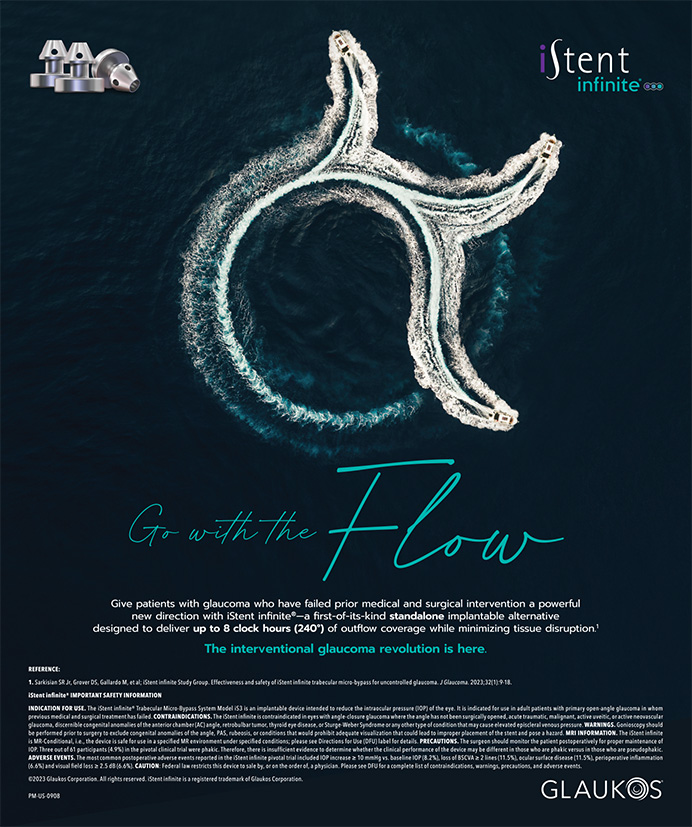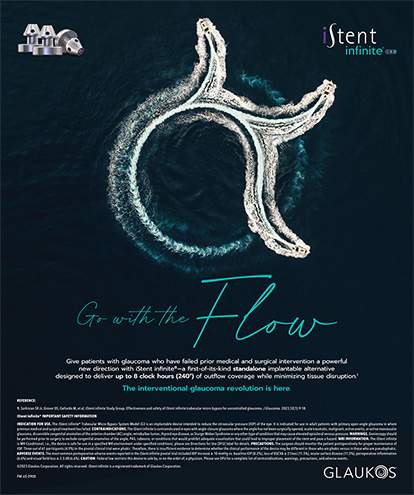Your work has taken you from Brazil to France, and now between the US and Germany. Do you have a favorite country or environment?
My experiences in each of these countries have been positive and enriching, both personally and professionally. Each place has advantages and disadvantages, but I try to keep an open mind and adapt to the circumstances and the people, instead of expecting everyone to adapt to me.
Right now, I split my time between the Berlin Eye Research Institute and the John A. Moran Eye Center in Salt Lake City, where I am continuing my research on IOLs and other implantable ocular devices.
What obstacles will surgeons need to overcome to improve the long-term function of IOLs?
Some design features, including the square posterior edge of the optic, are already known to reduce the incidence of posterior capsular opacification. To further prevent this and other forms of opacification, we may need to investigate new IOL materials or coatings that increase capsular biocompatibility.
Another option would be to develop techniques for treating the inner capsular bag that modulate the behavior of (or eventually eliminate) residual lens epithelial cells.
Improvements in surgical techniques are also leading to the development of IOLs that can be inserted through very small incisions or materials that can be injected into the capsular bag, with subsequent polymerization. These and other specialized IOLs make the research into the prevention of the capsular bag's opacification even more significant.
How important are donor eyes to your research?
We use two types of human tissue at the Moran Eye Center. We test implantable devices, including IOLs, and evaluate experimental surgical techniques and instruments on fresh phakic human eyes. Fixated pseudophakic human eyes obtained from cadavers help us study the biocompatibility of different IOL materials and designs.
Recently, a survey conducted by ARVO noted a significant decline in the availability of donor eyes.1 A shortage in donor tissue would be a significant problem for any ophthalmologist involved in research. My work would definitely be affected, because no in vitro system or animal model exists for testing the insertion, geometry, and fitting of prototypical IOLs in the anterior segment of the human eye. Additionally, having access to pseudophakic cadaveric eyes, some of which were implanted with an IOL many years before the donor's death, gives me a unique opportunity to evaluate how various IOL materials and designs interact with different ocular tissues.
My colleagues and I are establishing a partnership between the Moran Eye Center and the Berlin Eye Research Institute that will increase the variety of tissues available for our research. Because many of the IOLs currently used in Europe are not available in the US, this collaboration will allow us to analyze for the first time pseudophakic eyes containing some of the devices. This partnership will also be very important for analyzing explanted IOLs.
What do you gain from professional meetings?
Attending meetings gives me the opportunity to interact with my colleagues from all over the world. I learn about new research, surgical techniques, and technology. I also enjoy sharing my research with my peers.
I feel like I am helping other surgeons deal with the IOL-related complications they may encounter by presenting the results of my studies with explanted lenses.
As a frequent participator, what do you enjoy about film festivals at professional meetings?
Creating videos is time consuming but very rewarding. A video that is based on a logical script, is brief, and includes good-quality footage and appropriate music to create an ambiance can be a pleasant way to send a powerful message. I always enjoy producing scientific videos, and I had a great experience judging the ASCRS video festivals in 2005 and 2006. I learned a lot about how to use this powerful tool from my fellow judges, who have significant experience in this medium.


